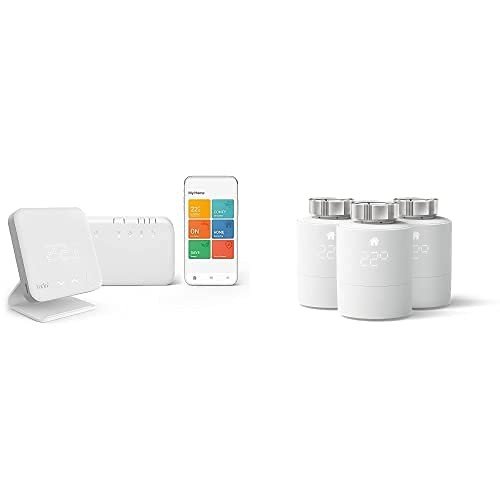Buy Energy-Efficient Lighting in the UK: A Comprehensive Guide
In recent years, the urgency of transitioning to more sustainable practices has led numerous consumers and companies to make conscious decisions about their energy intake. One of the most impactful methods to lower energy expenses and carbon emissions is by selecting energy-efficient lighting. This post aims to inform readers about the advantages of energy-efficient lighting, types readily available in the UK market, and pointers for selecting.
Comprehending Energy-Efficient Lighting
Energy-efficient lighting describes lights that take in less electrical energy while providing the exact same level of lighting as traditional lighting choices. This reduction in energy use originates from improvements in innovation, which have made it possible for the development of lighting services that not just conserve energy but are likewise more resilient and flexible.
Advantages of Energy-Efficient Lighting
- Cost Savings: Lower energy expenses make energy-efficient lighting an appealing choice for both families and organizations. Buy Industrial Lighting UK may include a greater preliminary financial investment, but their durability and decreased energy intake result in substantial cost savings over time.
- Environmental Impact: By using less electrical energy, energy-efficient lights add to lower greenhouse gas emissions. The shift away from fossil fuels for electricity generation makes a considerable distinction in mitigating environment change.
- Improved Light Quality: Modern energy-efficient lighting, particularly LED and CFL, offers brighter, more constant light than older innovations like incandescent bulbs.
Types of Energy-Efficient Lighting
When exploring energy-efficient alternatives, consumers can choose from different technologies. Here are some common types discovered in the UK:
| Type | Energy Usage | Life-span | Characteristics |
|---|---|---|---|
| LED (Light Emitting Diode) | Very low | 15,000 - 50,000 hours | Instant-on, dimmable alternatives available, high light quality |
| CFL (Compact Fluorescent Lamp) | Low | 7,000 - 15,000 hours | More energy-efficient than incandescent, however might take time to reach complete brightness |
| Halogen Bulbs | Moderate | 2,000 - 4,000 hours | Improved performance compared to traditional incandescent; discharges a warm light |
| Smart Bulbs | Varies based on usage | 15,000 hours | Links to smart home systems; programmable and energy trackers |
This range welcomes customers to make educated choices customized to their requirements.
How to Choose Energy-Efficient Lighting
Selecting the ideal energy-efficient lighting can seem daunting due to the various choices readily available. To simplify the decision-making procedure, possible purchasers ought to think about the following aspects:
- Purpose of Lighting: Identify the primary use of the lighting (e.g., ambient light, task lighting, or accent lighting) to identify the proper type and strength of light.
- Lumens vs. Watts: Understand that lumens show brightness while watts procedure energy intake. The goal is to optimize lumens while reducing wattage.
Color Temperature: Lighting is available in numerous color temperature levels, expressed in Kelvin (K). Consider the preferred atmosphere:
- Warm White (2700K) for comfortable locations
- Cool White (4000K) for work spaces
- Daylight (5000K+) for vibrant settings
- Dimming Capabilities: If choosing LED or CFL lighting, make sure that the fixtures and bulbs work with dimmer switches if that is a requirement for the area.
- Certification Labels: Look for energy effectiveness labels such as the Energy Saving Trust label or EU Energy Label, which indicate compliance with energy use requirements.
Where to Buy Energy-Efficient Lighting in the UK
Consumers in the UK can buy energy-efficient lighting from numerous sellers. Some popular choices include:
- Online Retailers: Websites such as Amazon, eBay, and specialist lighting websites typically have a broad choice and competitive costs.
- Home Improvement Stores: Chains like B&Q, Wickes, and Homebase provide in-store assistance for customers to make educated choices.
- Electrical Suppliers: Stores that concentrate on electrical items can offer professional recommendations tailored to specific needs, especially for commercial buyers.
FAQs about Energy-Efficient Lighting
Are energy-efficient bulbs really worth the financial investment?
- Yes, while the in advance expense might be higher compared to traditional bulbs, their durability and lower energy consumption deal considerable savings in the long run.
Do energy-efficient bulbs take time to reach complete brightness?
- Some types, like CFLs, might take a few minutes to heat up, while LEDs provide immediate intense light.
Can I utilize energy-efficient bulbs in existing fixtures?
- The majority of energy-efficient bulbs can be used in standard fixtures, but constantly examine compatibility, especially with dimmer switches.
What environmental benefits can I anticipate from using energy-efficient lighting?
- Reduced energy consumption causes a lower demand for electricity, which decreases greenhouse gas emissions, thus having a positive impact on climate modification.
Switching to energy-efficient lighting not only assists to reduce electrical energy expenses but also adds to a greener world. By understanding the types offered, knowing what to try to find when purchasing, and checking out reputable providers, UK consumers can make educated decisions that align with their needs. This small modification can result in significant advantages for both their home or organization and the environment.
Final Thoughts
As consumers end up being progressively conscious of their environmental footprint, the switch to energy-efficient lighting is a vital action. By accepting these technologies, people and services in the UK improve their sustainability efforts while enjoying the benefits of modern lighting options.

